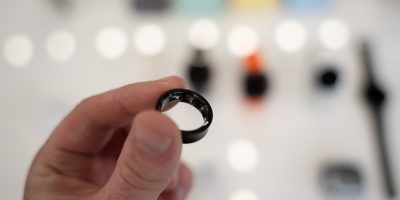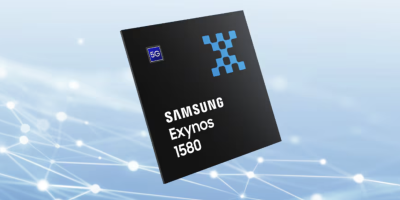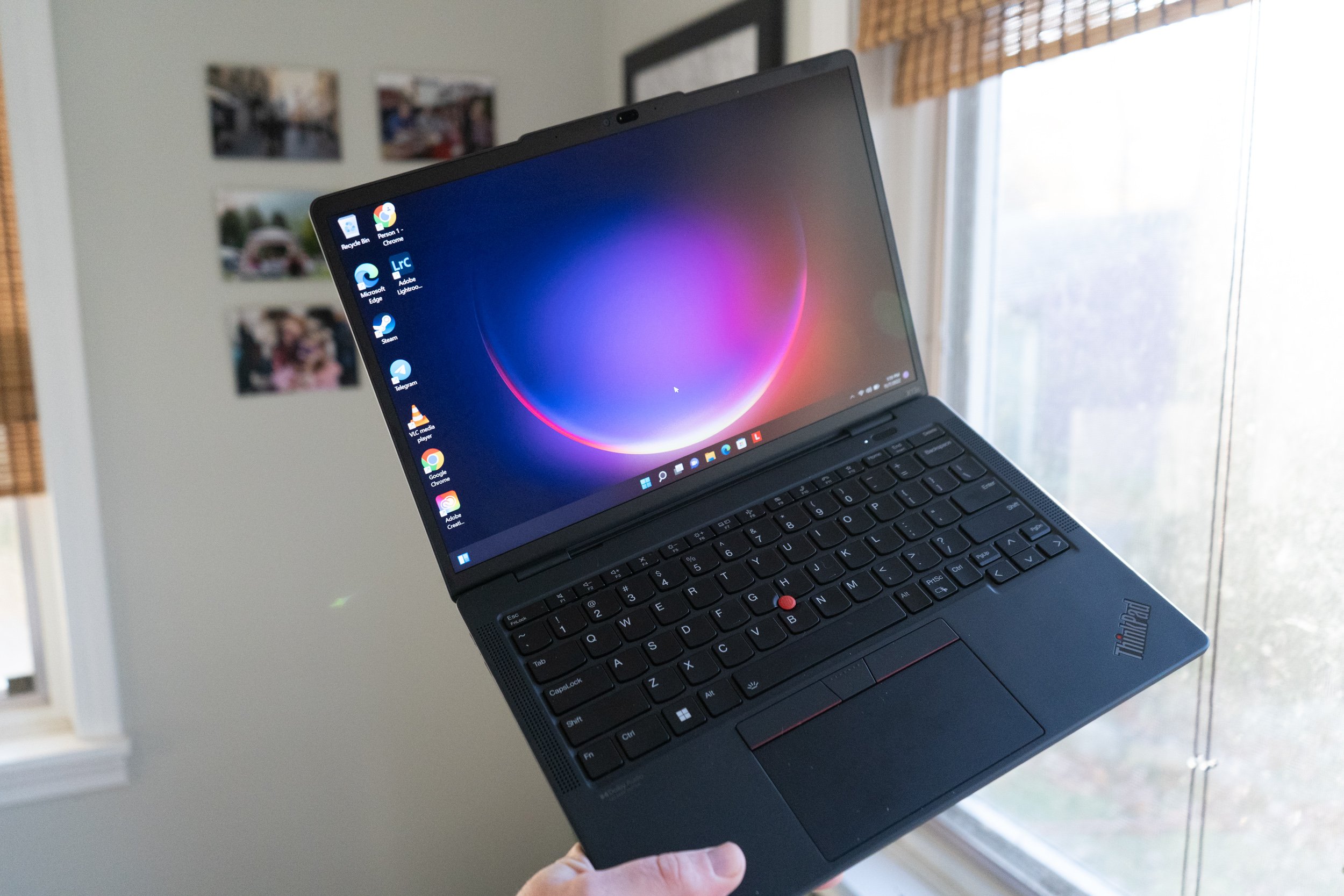If you were wondering where T-Mobile was going to distribute the $1 billion in extra spectrum they scored from AT&T as part of the deal from their failed merger, the FCC filing we told you about yesterday was able to provide this nice coverage map. Unfortunately, it doesn’t look like $1 billion in spectrum alone will be enough to blanket the whole nation in ooey gooey 4G goodness, but it will strengthen key cities.
Markets such as Boston; San Francisco/Oakland; Washington, D.C.; Houston; Baltimore; Atlanta; San Diego; Seattle; Kansas City, Mo.; San Jose, Calif.; San Antonio; and Salt Lake City will all receive AT&T’s former AWS bands. AT&T was very careful to give up their spectrum only in areas where they knew they had enough frequency to get a good LTE network set up.
Still, as you can clearly see, T-Mobile did pretty well for themselves receiving new AWS spectrum in areas like California where T-Mo can expand their HSPA+ 42Mbps network. Even if they can get some of their slower 4G — I’m not picky — in Rancho Cucamonga, I might just have to make the switch.
Via GigaOM











Yeah from Baltimore down through DC and in to Richmond VA.
nope but , bought a cheapo verizon phone to check them out long term while my t-mo accounts mature.
verizon built a tower 2 miles from me and i’m a goner soon.
really sucks because i’ve been with t-mo since 2001.
Thanks for sharing
Really wish there was a map that wasn’t sinfully terrible. Looks like some areas of NY are getting some good spectrum, including a part of Westchester, Syracuse, Buffalo and Rochester. Can’t really tell because magnifying the map is near worthless, but I’m excited to learn more.
Funny, it looks like Bingamton is getting spectrum too, maybe even where I live, but like you said, too small to even estimate well…
Looks like Dallas got the 20mhz block. It’s good to live in the 4th largest metro area.
Seems like Boise will get a slice…
i see typo :)
I think I found it. Thanks ;D
I still don’t quite understand the concept of spectrum. I know what “spectrum” means in terms of the definition; however, I don’t understand it’s meaning when it comes to network expansion.
Couldn’t T-Mobile just place more towers in areas where it lacks coverage? How exactly does spectrum come into play versus just installing more towers?
Spectrum is the frequency that signals broadcast on. For example, if the local FM radio station you like operates at 103.3 mhz, (the dial on the radio shows this), then they are using the 103.25-103.35 mhz frequency band, They have an exclusive right to use that band in the region they operate.
So if T-Mobile doesn’t have a license to 1700 mhz, (a specific range T-Mobile uses), spectrum in your area they can’t deploy HSPA+ unless they use a different channel (like 1900).
If they just put towers in an area they have no license to then they are breaking the law and possibly interfering the services of another carrier.
More spectrum bandwidth (that is the amount of it) is better because you can have more capacity or speed. For example let’s say it takes 10mhz worth of uplink and downlink (20 total) spectrum to deploy HSPA+21 but 40 mhz (20up 20down) worth of it to deploy HSPA+42 and T-Mobile has 80 mhz of spectrum in an area. They could either make 4 HSPA+21 carriers to support more users, 2 HSPA+42 carriers to give users better speed, or more likely a combination.
More carriers = More users supported per tower
Bigger carriers = More speed per user
It’s a trade-off
I’m sure this will help them deploy HSPA+ 84 this year
I knew Dallas would get a 20MHz AWS block from AT&T to T-Mobile, I mean AT&T has 25MHz of 700 in Dallas, so they do NOT need the AWS, since the 700 is a hell of a lot more valuable.
Holy crap is Oklahoma getting 3/4g coverage?!?!?! Amazing!
Verizon has LTE in Tulsa and OKC
Sprint has scattered WiMax protection sites and they had better bring LTE to Tulsa fast or I’ll lose it.
T-Mobile already has HSPA+42 in Tulsa and OKC but hopefully they will expand further
I thought Los Angeles was getting some of this AT&T spectrum cake? I can’t quite tell with this map. I see San Bernardino County
AKA: Rancho Cucamonga!!!! :D
Love to see Rancho Cucamonga brought up!! Moved out when I was 10, but it’s still part of me!! Alta Loma baby!!!
I’m sorry, but that map really doesn’t f’ing look like $1B of spectrum / market territory to me. I think T-Mo got rip’d like crack deal gone bad.
No AT&T don’t give up spectrum in San Diego!!
Uh oh! Usually Quentyn screws up the links! Chris… quit hittin’ the bottle :)
The united states virgin islands isn’t even on the map…*sigh* baby steps tmobile
I am the author of the map referenced in the article. If you want more info about the AT&T-T-Mobile AWS 2100+1700 MHz spectrum transaction, you can find additional insights into the deal from my Twitter feed: @WiWavelength:twitter
AJ